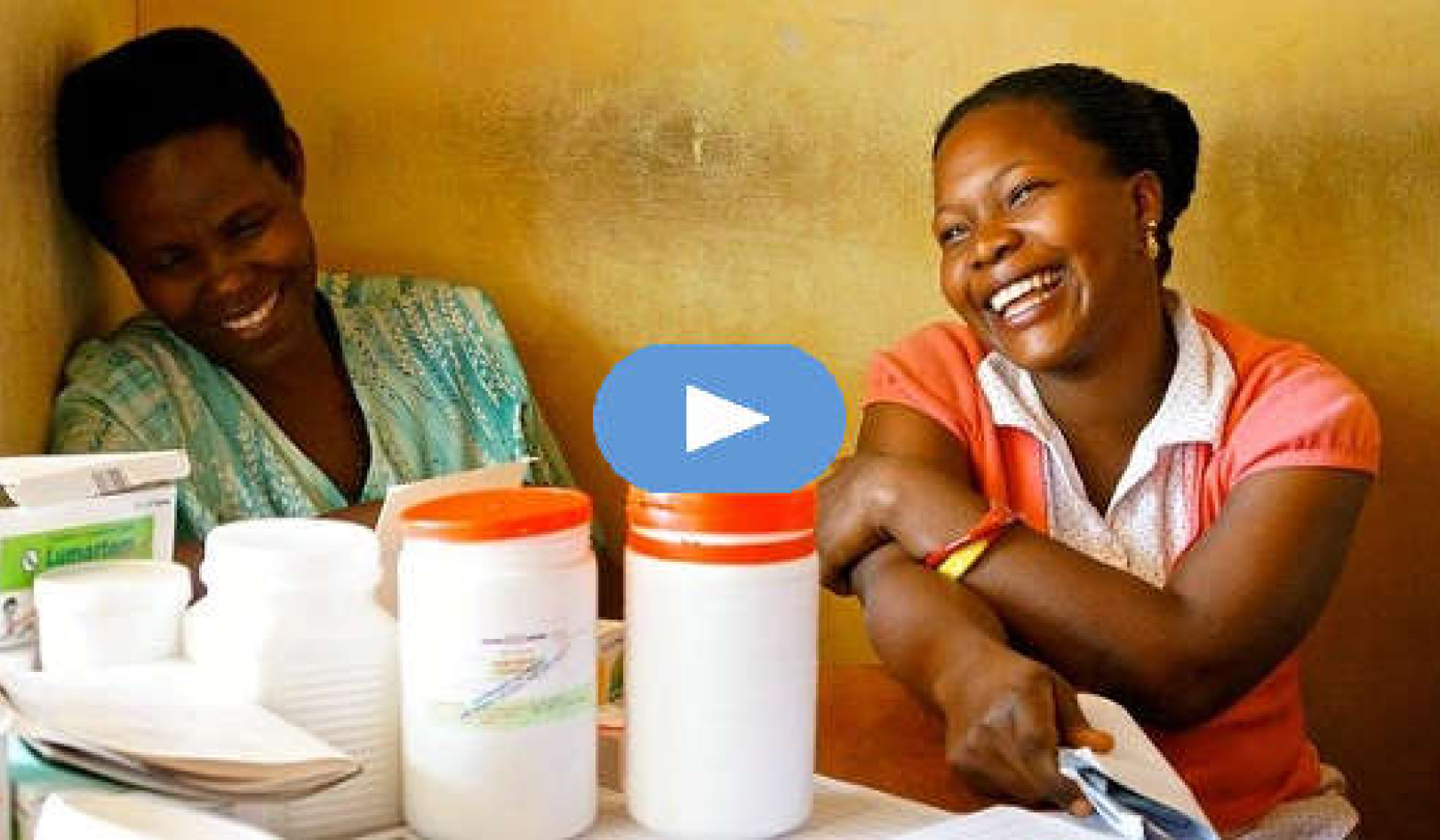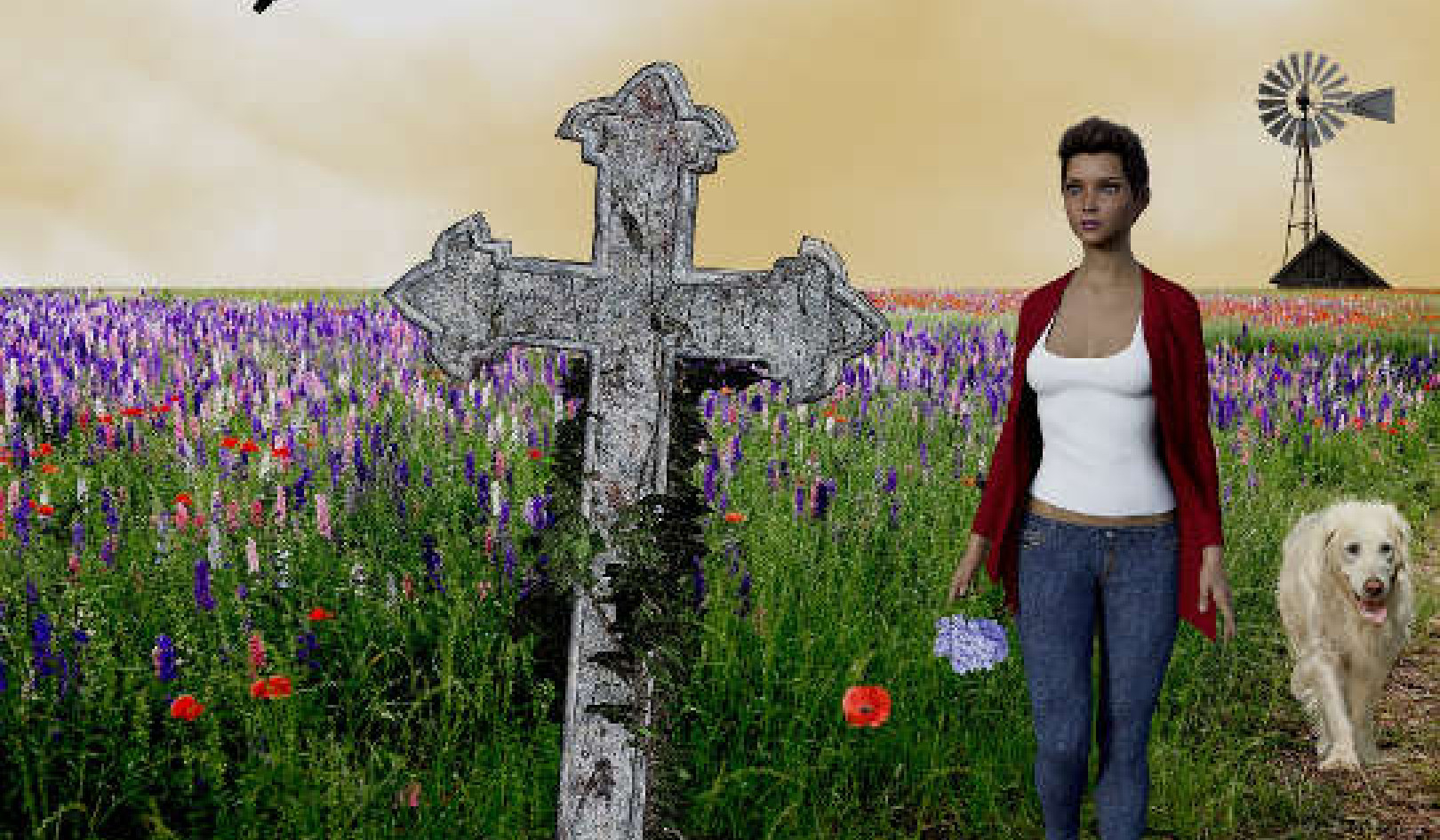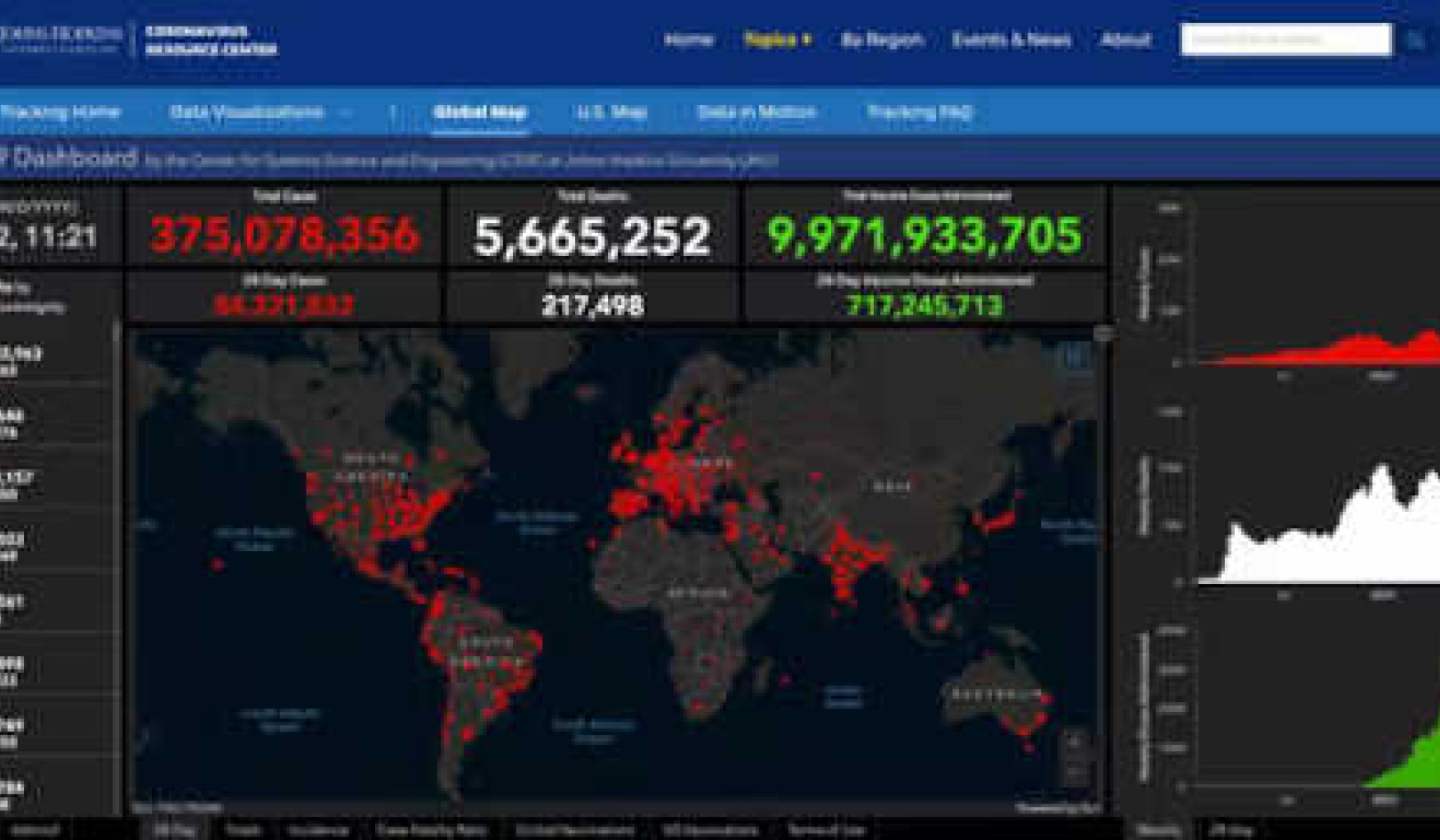
Image by Bianca Mentil
Death is the great mystery of life. That is one of the reasons why the stories of those who have undergone a near-death experience (NDE) have captivated millions of people. We are curious about the afterlife, but more so, we want to know what it feels like to die.
Individuals who have died and come back relay a compelling account of their experience, but you don’t need an NDE to know what to expect from dying. A past-life regression will not only answer questions you may have about the death process, but will relieve your fear of dying at the same time.
Death Is No Big Deal
Many years ago when I was first exploring the validity of past lives, I attended a group past-life regression with my friend Kelley, who was also in the beginning stages of her esoteric exploration. We sat in the front row of a makeshift conference room in the office of a man who was a medical hypnotherapist. He took us through the regression without fanfare until we came to the death scene.
As he guided us through our demise in that past life, the woman sitting next to Kelley began to sob, disrupting Kelley’s concentration. The hypnotherapist did nothing to alleviate this woman’s distress so Kelley, who clearly had lost patience with this emotional outburst, turned to the woman and said: “I don’t know what you’re crying about. I’ve died hundreds of times and it’s no big deal, so get over it.”
I couldn’t help but silently laugh. It wasn’t that I was insensitive to the woman’s experience, but rather because of the matter-of-fact way Kelley shared the news that death is no big deal. Years later in recalling that scene, Kelley said, “I really don’t think it occurred to her that her “swan song” was a repeat performance!”
Cayce called death a transition and that it was the beginning of another form of existence once the soul passed through what he called “God’s other door.” It’s like going from one room to another, or in our case, from one consciousness to another.
Birth, like death, is part of the natural cycle of reincarnation. Cayce said every soul will and does return and cycles back around. When we’re born, we start a life cycle in the physical realm. At death, that cycle ends, but it also signals the beginning of our return to our spiritual home until such time that we choose to return to Earth, building on the experiences we had before in other lifetimes. The cycle is continuous and we meet ourselves over and over and over again.
Your Body is Your Vehicle
As I’ve aged, I have embraced the analogy of the body as a vehicle. In this lifetime, I have owned quite a few cars and experienced what it’s like when that once shiny new car grows older and more and more things go wrong with it until it’s time to trade it in for a new vehicle.
I think of our bodies in the same way. They act as our vehicles— taking us to where we need to be. As we grow older, parts begin to wear out. We patch them up as best we can until the cost of fixing them outweighs the cost of replacing them. So then we get a brand new car and our ability to get around effortlessly continues.
A psychologist friend of mine once said to me, “You know, Joanne, your body only has so much of a shelf life.” It was a sobering thought. Although I can’t see an expiration date stamped anywhere on this body, I know it’s inevitable that the time will come when I’ll need to trade it in for a new version. That is the promise of reincarnation and it gives me comfort to think of that whenever I contract an illness or am dealing with pain. This, too, shall pass. But if you are looking forward to your next body, you have to die and shed your current body before you can pass Go and symbolically collect your $200.
Relieving the Fear of Death
In my past-life practice, I dedicate a portion of the session to my client’s death scene. I assure them they won’t feel any pain associated with their passing, but instead will experience it as if it were a movie playing out in front of them. In taking them to the day they died, I ask several pertinent questions: Where are you? Are you alone? If someone is there, what are they doing? What are you dying from?
In a traditional regression, I do not ask them to describe the physical sensation at the time of death, as I do not dwell on this aspect of the death scene. I also don’t ask about the process of moving out of the body or whether they can move around freely after death. Those questions aren’t essential in the regression, but they are absolutely appropriate to ask in a life-between-lives session as I bring the client through death and into the afterlife.
Everyone who participated in my research study described the death process as gentle and painless, feeling a sense of release and relief at leaving their Earthly realm of existence. They all had a fully conscious, positive experience during the transition from the death of the physical body to the emergence in the spiritual realm. They confirmed what others have stated time and time again—that dying is a lot easier than being born.
This concept is borne out by research done by many other regression experts. “Perhaps one of the most profound responses to past-life regression is that inevitably it relieves the fear of death,” wrote Glenn Williston and Judith Johnstone in Discovering Your Past Lives: Spiritual growth through a knowledge of past lifetimes. “Without exception, death is experienced in regression as a painless withdrawal from the final moment of life . . .”
The Body Dies, and Spirit Moves On
Imagine then what comfort grieving survivors would have knowing what a loved one—and ultimately they themselves— actually experience at the time of death. James S. Perkins, writing in Exploring Reincarnation, put it this way. “The finality of separation forever is a traumatic shock that might be alleviated if there were available some clear accounting, some acceptable and guiding information about what happens on the other side . . . There can be relief from anxieties and grief with the knowledge that is available about life’s continuance beyond the death of the physical body.”
An interesting aspect of the description of dying was the differentiation between the physical body and the soul. The separateness of the two was never as keenly felt as it was during death. Cayce said flesh and blood cannot inherit eternal life. That is something only spirit can do. Thus the need for separation of the two at the time of death. Perkins wrote about the “silver cord”—a glistening, delicate cord that connects body and spirit. “Its significance is that when this delicate cord snaps, actual death takes place...”
Dori, one of my research participants, said at the moment of death she became aware of her body as a shell. “It felt too tight, like a case,” she said. “There was a tingling all over my skin. I felt a beckoning from the other side—my parents stretching out their arms and calling me. I wanted to go.”
Other volunteers also had vivid recall of what it felt like to die. Claire described the process of moving out of the body as, “a very gentle easing, sliding out into a gentle cocoon type of embrace with the light—peaceful.”
Rosemary described a weightless, peaceful, calm feeling. She felt a sense of movement in her surroundings and said initially everything around her was white until it started to form patterns.
Carter said it was a peaceful transfer, like going to sleep. “Like the close of the book, the end of the chapter. I wasn’t afraid. I knew it was time and I welcomed it. I felt a sense of freedom once my soul left my body. My soul was flying—doing somersaults.”
Those who experienced an especially violent death, like Mark, who as a female slave was whipped to death, said their soul left their body long before death took place. “This is something that is done when one is abused,” he said. “My soul came out of my body and hovered nearby. I came out before the body was dead. It wasn’t gradual. I couldn’t stay in any longer.”
When The Soul Chooses to Leave
Studies indicate that the soul can choose to leave the body gradually, as in the case of a peaceful transition, or rapidly if triggered by a severe physical trauma. Even if death is caused by a trauma, such as an automobile accident, there is no pain or distress associated with the actual moment when the soul detaches from the body. Instead there is a sense of peace and well-being, absent of any pain or anxiety.
A good example of this was Meg, whose past-life aspect was crushed to death in a natural catastrophe. At the moment of death, she felt relief and suddenly wasn’t afraid of the world literally crashing down around her. “I was floating and in the same clothing as if I were me, but I was weightless. It was an instant death.”
It appeared that at the moment of death, most souls were anxious to move on. “I leave right away because I see people ready to greet me,” Joy said, but others admitted they lingered longer than usual.
Saying Goodbye to Loved Ones
The desire to say goodbye to loved ones was usually the reason souls lingered after death. Eleanor said she levitated over her body and then lingered a short time to say her goodbyes.
The desire to distance oneself from the deceased body is part of the natural progression from death to the afterlife. Perkins wrote: “The more quickly the departed one can be separated utterly and forever from it, the better . . . The fact is that undue efforts to preserve intact the form, is a disservice to the departed person, who needs to continue progressing inwardly, and should not be retarded in his progress by the magnetism issuing from the corpse and cemetery influences of sorrow, grief and hopeless sentiments.”
©2020 by Joanne DiMaggio. All Rights Reserved.
Excerpted with permission of the publisher,
Balboa Press, a divn. of Hay House.
Article Source
I Did It To Myself...Again! New Life-Between-Lives Case Studies Show How Your Soul's Contract is Guiding Your Life
by Joanne DiMaggio.
 What does it feel like to die? What does the afterlife look like? Who are the Council of Elders and how do they assist in planning your next life? Who are members of your soul family and what role did they play in your past lives as well as in your current life? What are the karmic issues and attributes you brought into this life? Using past-life regression to identify a significant former life, followed by an exploration of the afterlife to experience the pre-life planning session for this life, this book answers the most commonly asked questions about death and rebirth. Follow the karmic journey of 25 volunteers as they come to understand their soul’s purpose and their role in designing their present life. In thinking about your life, you will discover that you did, indeed, do it to yourself for the greatest reason of all—your soul’s growth.
What does it feel like to die? What does the afterlife look like? Who are the Council of Elders and how do they assist in planning your next life? Who are members of your soul family and what role did they play in your past lives as well as in your current life? What are the karmic issues and attributes you brought into this life? Using past-life regression to identify a significant former life, followed by an exploration of the afterlife to experience the pre-life planning session for this life, this book answers the most commonly asked questions about death and rebirth. Follow the karmic journey of 25 volunteers as they come to understand their soul’s purpose and their role in designing their present life. In thinking about your life, you will discover that you did, indeed, do it to yourself for the greatest reason of all—your soul’s growth.
For more info, or to order this book, click here. (Also available as a Kindle edition.)
About the Author
 Joanne DiMaggio had a long career in marketing and public relations before pursuing a very successful freelance writing career. She has had hundreds of feature articles published in national and local newspapers, magazines, and websites. In 1987 she became actively involved with Edgar Cayce's Association for Research and Enlightenment (A.R.E.). She moved to Charlottesville, Virginia in 1995 and became Coordinator for the A.R.E. Charlottesville area in 2008. She earned her Masters in Transpersonal Studies degree through Atlantic University (AU). Her thesis was on inspirational writing and served as the basis of her book, "Soul Writing: Conversing With Your Higher Self." She leads workshops on the subject of soul writing to audiences across the country; has taught the process in a month-long online course through AU; and has been a guest on numerous radio programs. Using soul writing, she produced a small line of greeting cards called Spirit Song.
Joanne DiMaggio had a long career in marketing and public relations before pursuing a very successful freelance writing career. She has had hundreds of feature articles published in national and local newspapers, magazines, and websites. In 1987 she became actively involved with Edgar Cayce's Association for Research and Enlightenment (A.R.E.). She moved to Charlottesville, Virginia in 1995 and became Coordinator for the A.R.E. Charlottesville area in 2008. She earned her Masters in Transpersonal Studies degree through Atlantic University (AU). Her thesis was on inspirational writing and served as the basis of her book, "Soul Writing: Conversing With Your Higher Self." She leads workshops on the subject of soul writing to audiences across the country; has taught the process in a month-long online course through AU; and has been a guest on numerous radio programs. Using soul writing, she produced a small line of greeting cards called Spirit Song.



























